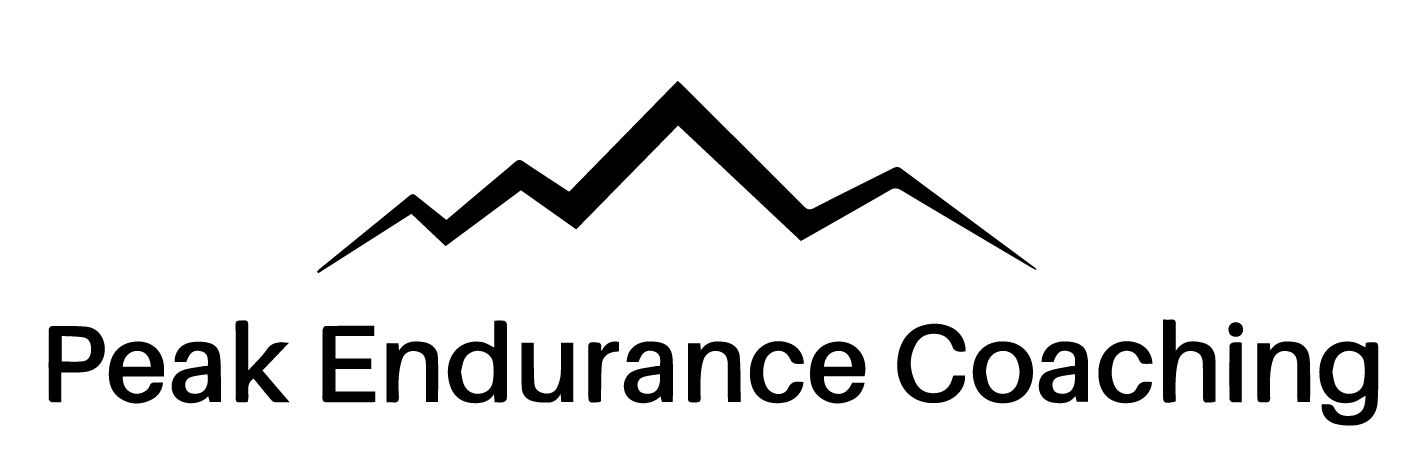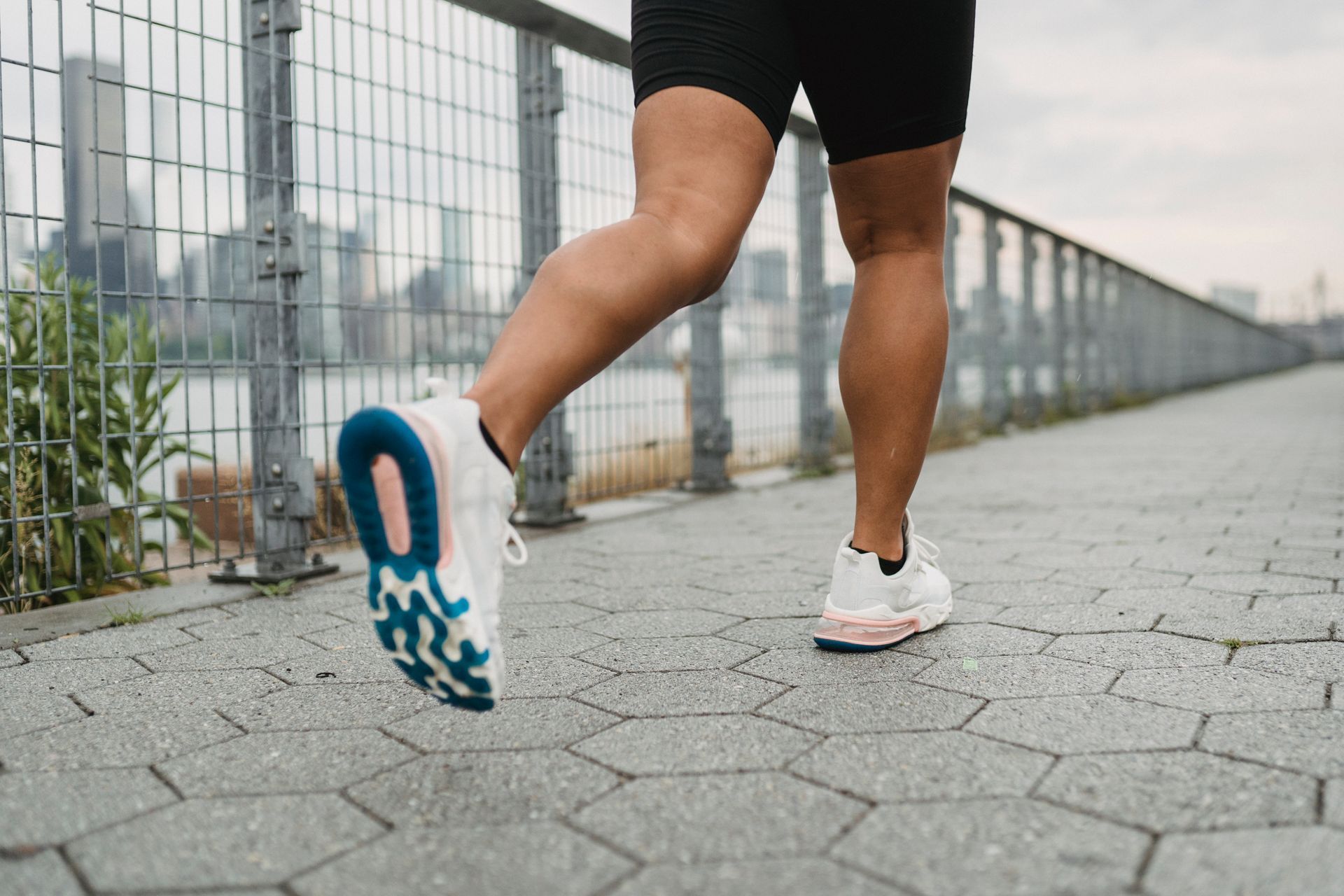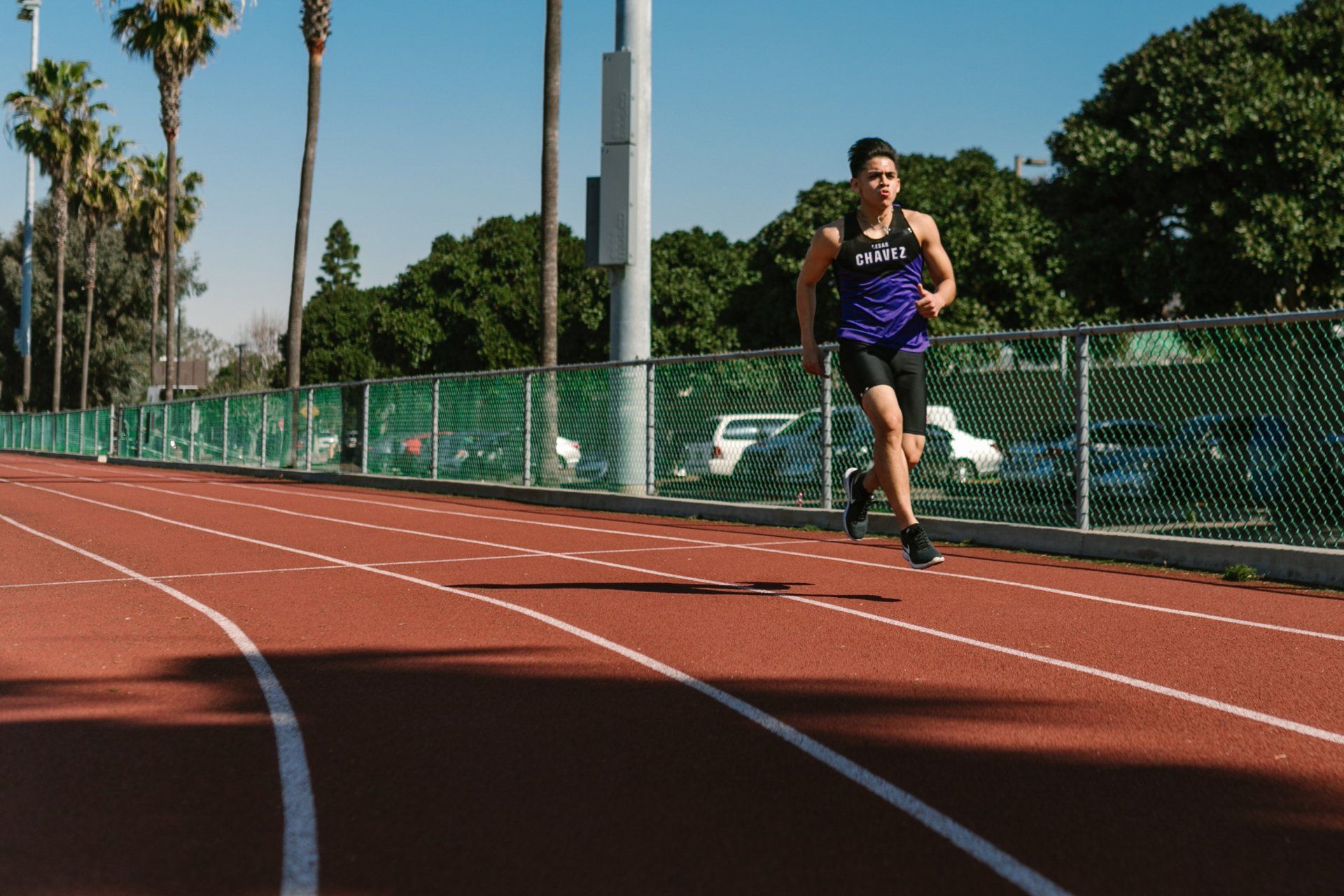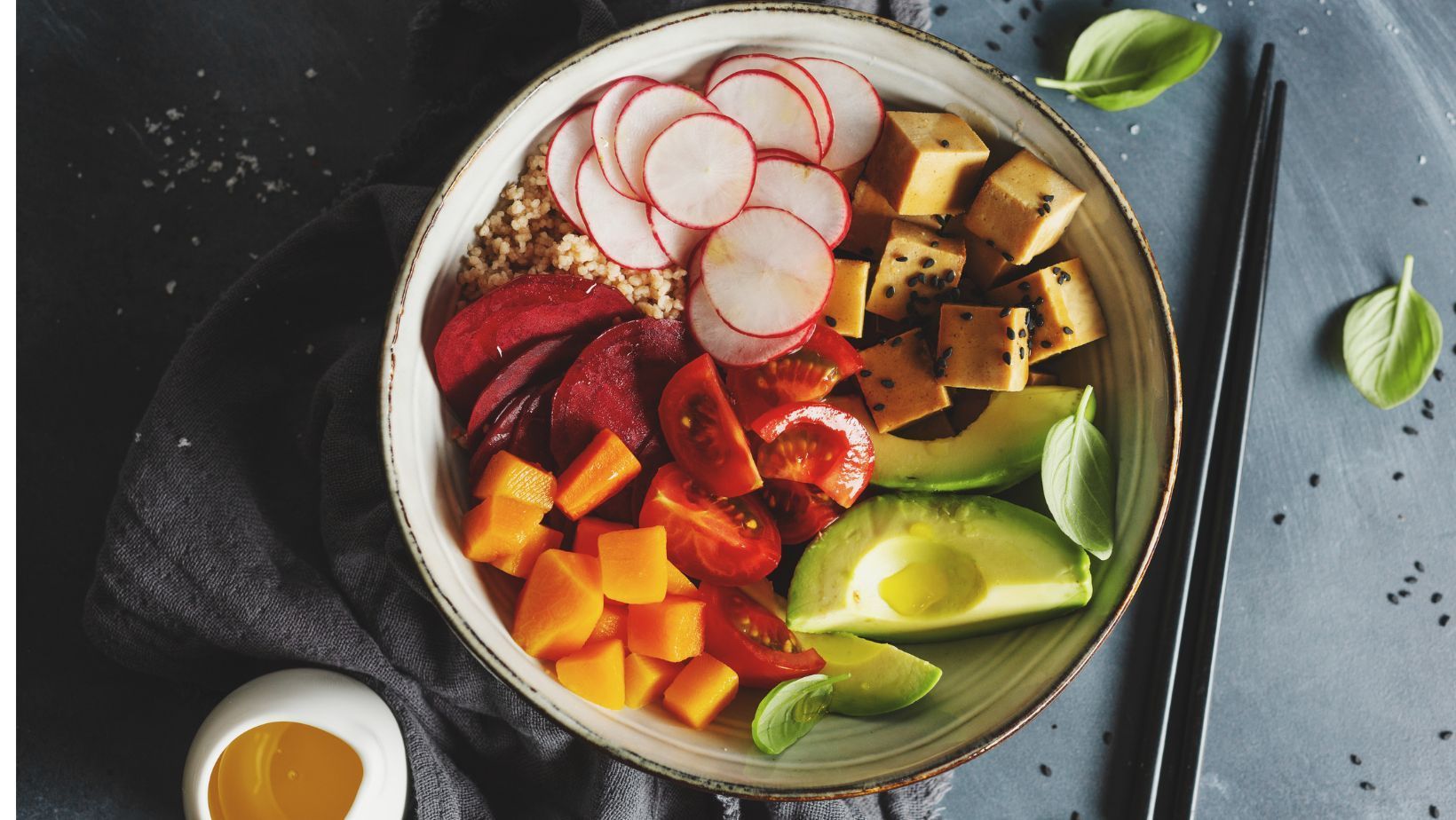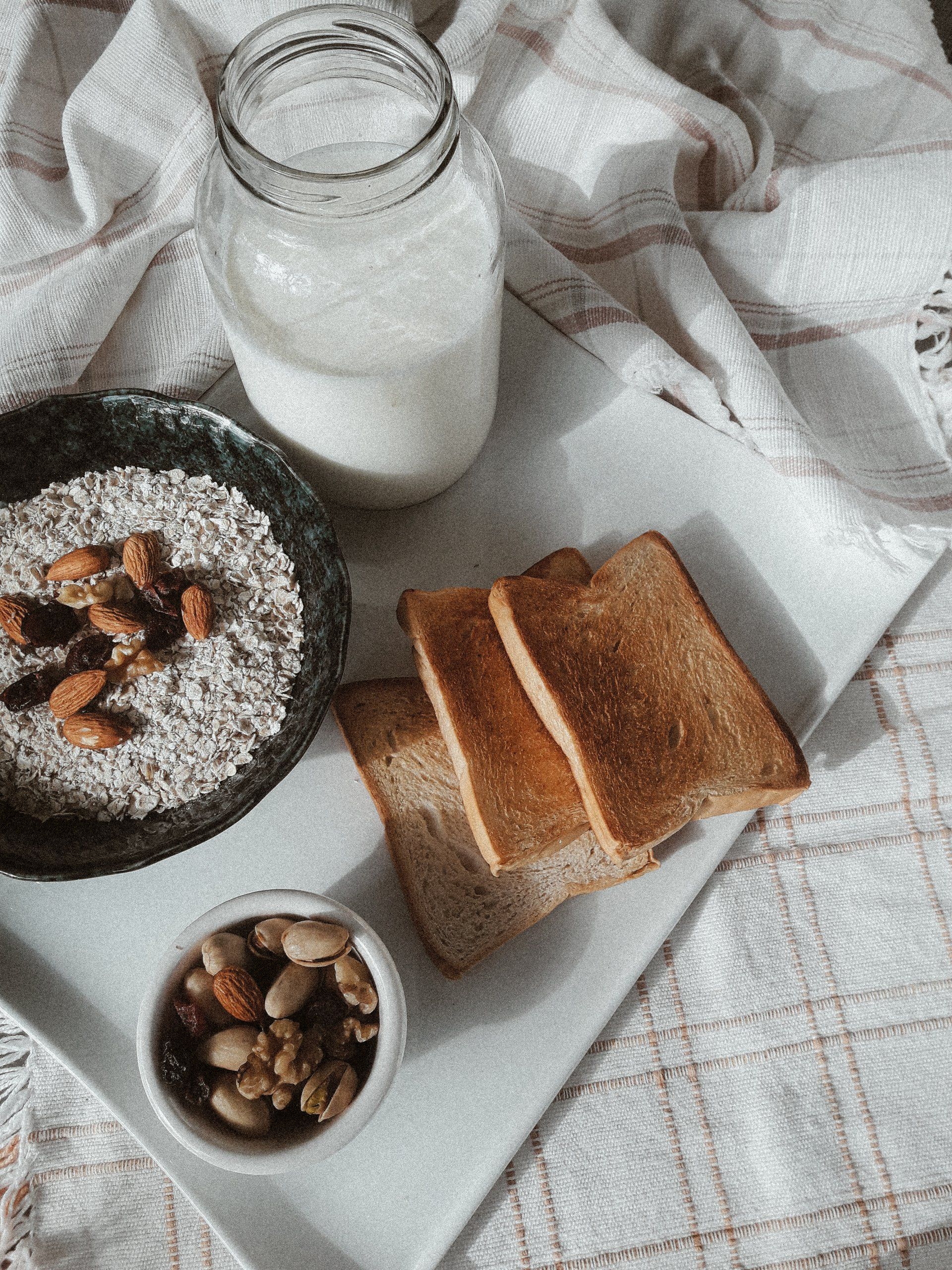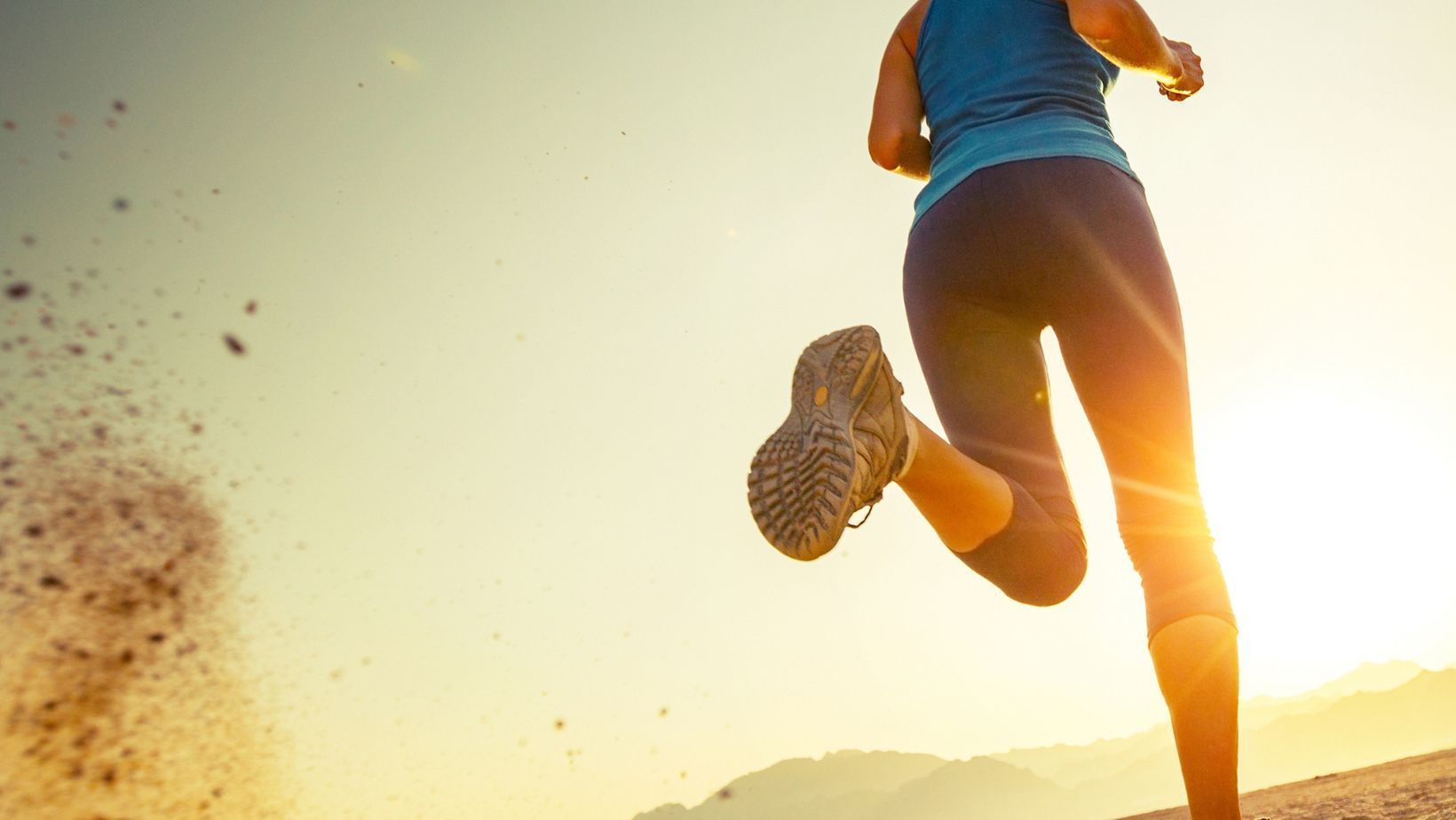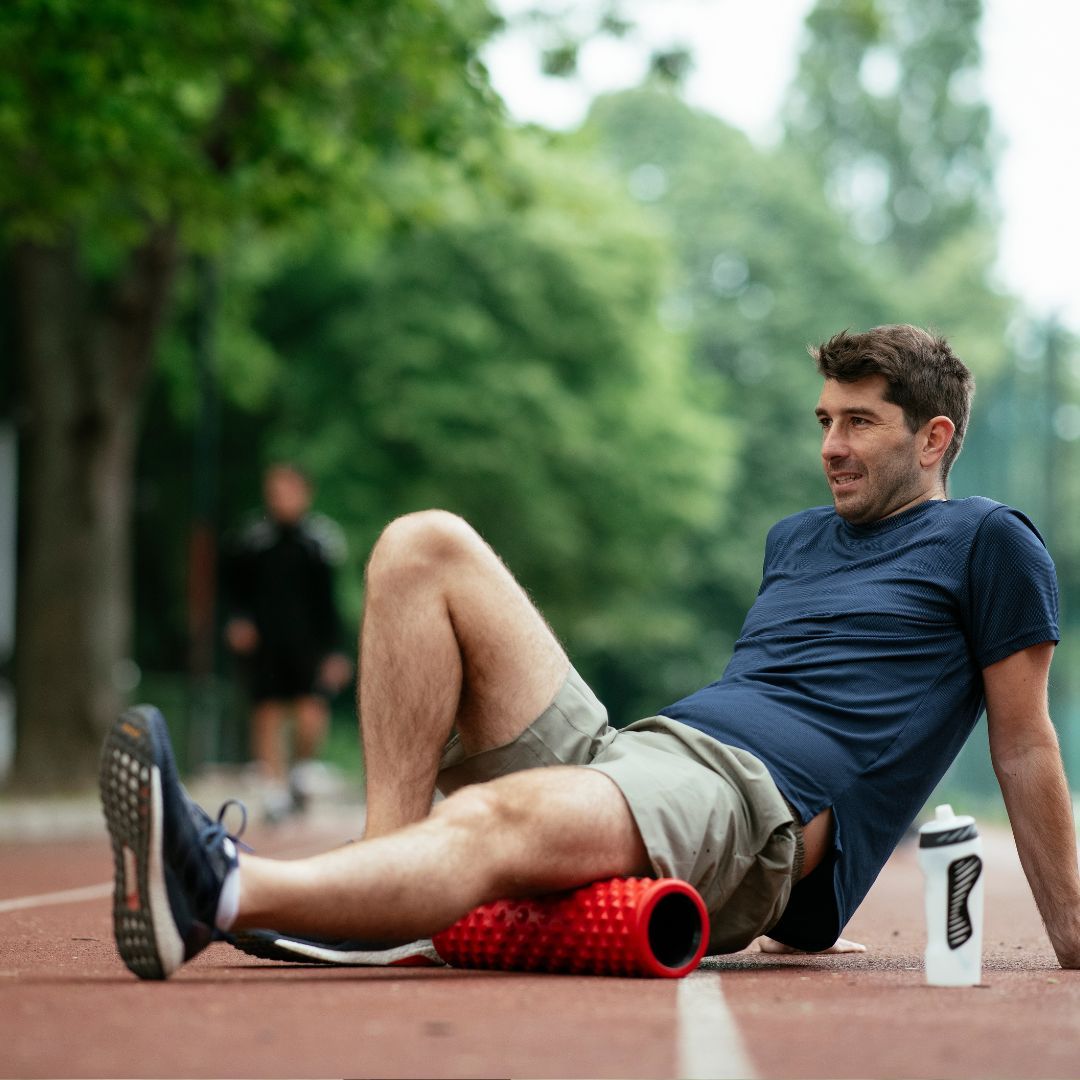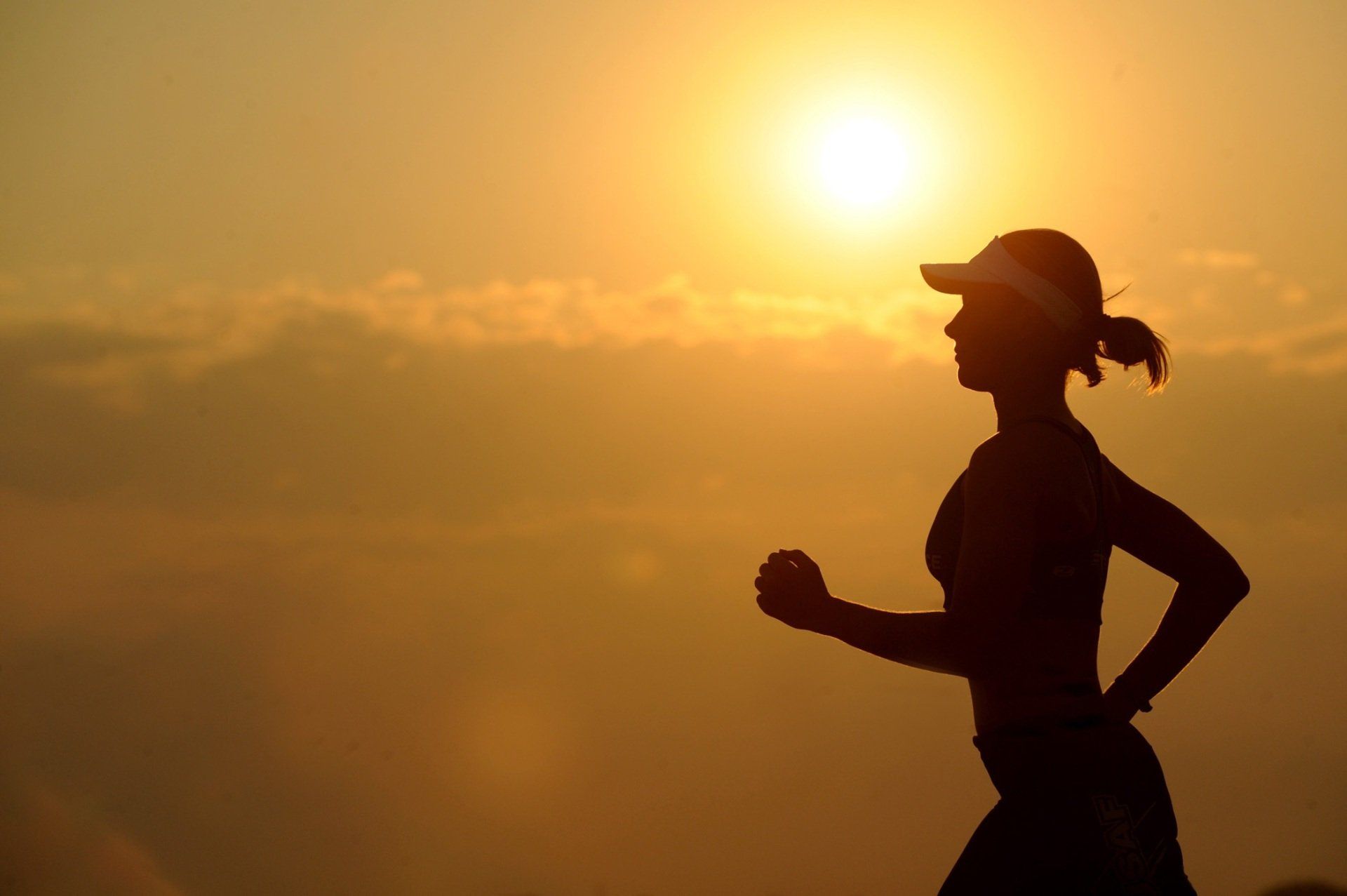All about anemia
With the right foods, you can boost your iron levels and improve your health.
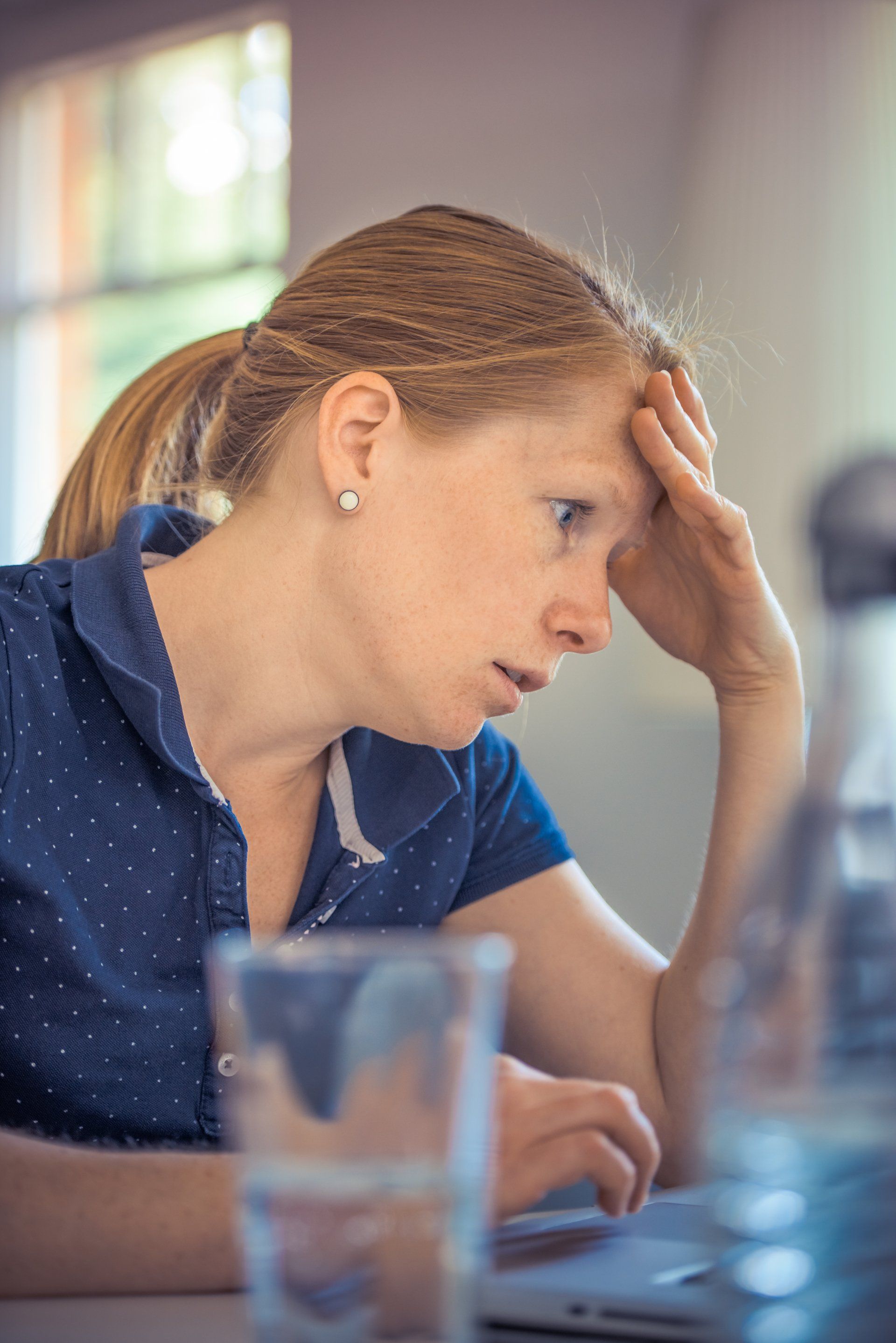
If you are feeling fatigued, dizzy, or have a lack of appetite, you may want to check your iron levels. Iron deficiency anemia is the most commonly occurring form of anemia in the world, and since this mineral plays a crucial role in the body, it’s important to tackle this issue with dietary intervention.
But how can you create a diet for anemia and help boost your iron levels? Before we break down some dietary sources of iron, let’s understand what science has to say about the importance of iron and its subsequent nutrition implications.
What is iron?
Iron is essential for healthy red blood cells (which transfer oxygen from the lungs to the tissues), as well as for growth, muscle metabolism, healthy connective tissue, neurological development, cellular functioning, and synthesis of some hormones.
There are two types of iron–heme and non-heme. Plants and iron-fortified foods only contain non-heme iron, whereas meat, seafood, and poultry contain both heme and non-heme iron. Let’s briefly break these down to better understand the differences between them.
- Heme iron: This is the most bioavailable form of iron and is found in animal foods like beef, pork, chicken, veal, fish (such as halibut, haddock, perch, salmon or tuna), shellfish, and red meats.
- Non-heme iron: This comes from plant sources (such as spinach, broccoli, beans, and legumes) and iron-fortified foods. Unfortunately for vegetarians and vegans, non-heme iron bioavailability varies between 5-12%, and since several compounds found in grains, beans, and cereals can further diminish its’ absorption, many plant-based eaters are at risk of iron deficiency.
Ferritin is another blood protein that contains iron and can be used as an indicator of iron stores. For instance, low ferritin levels can signify iron deficiency, whereas high ferritin levels may suggest hemochromatosis (a genetic condition) and obesity, inflammation, and liver disease.
What is RDA for iron?
Iron needs differ greatly based on gender and age. Here is a breakdown of the recommended daily amount (RDA) for iron:
- Women 14-18 years old: 15 mg/day
- Women 19-50 years old: 18 mg/day
- Women over 51 years old: 8 mg/day
- Women ages 14-18 who are breastfeeding: 10 mg/day
- Women ages 19-50 who are breastfeeding: 9 mg/day
- Women who are pregnant: 27 mg/day
- Men 14-18 years old: 11 mg/day
- Men over 19 years old: 8 mg/day
- Adults who eat a vegetarian or vegan diet: 1.8 times the RDA
When does anemia happen?
Iron deficiency anemia happens when the body doesn't have enough iron to produce hemoglobin. This can lead to someone feeling tired and short of breath.
A serum ferritin concentration <30 mcg/L suggests iron deficiency, and a value <10 mcg/L suggests anemia.
While it’s important to examine iron/ferritin levels to help determine anemia, considerable research suggests that low ferritin doesn’t always correlate with low iron levels–copper may also be to blame.
Copper is a mineral that can provide helpful insight into ferritin levels since it helps attach iron to hemoglobin and loads ferritin with iron. Studies have found that low copper levels could lead to lower iron absorption, which may result in an iron deficiency over time. As such, some experts suggest that iron deficiency anemia might actually be a copper deficiency, and should be treated as such.
Your copper levels may be low for a variety of reasons, but the main reason could be a decrease in soil nutrients, which can affect plants and animals. Even though foods like shellfish, liver, fatty fish, oysters, spirulina, shiitake mushrooms, lobster, and dark chocolate are rich in copper, you may also want to consider supplementation to help meet your needs.
Who is at risk for an iron deficiency?
Certain people are more prone to iron deficiency than others. Certain high-risk populations include:
- Infants and young children
- Women
- Vegetarians and/or vegans
- Endurance athletes (particularly females)
- Frequent blood donors
What are the most common symptoms?
Common symptoms of iron deficiency anemia are GI symptoms, weakness, fatigue, difficulty concentrating, impaired immune function, and poor temperature regulation.
Athletes who are iron deficient may experience nausea, frequent infections, shortness of breath during exercise, respiratory illness, fatigue, weakness, pale appearance, lack of energy, and exhaustion.
What to include in a meal anemia
You can find iron in a variety of food sources, though some foods are better absorbed than others. Here are some food groups rich in iron and foods rich in iron-supporting nutrients.
Iron and vitamin C
Vitamin C is a potent antioxidant that has been found to enhance iron absorption. In fact, studies show that pairing at least 100 mg of vitamin C with an iron food source can increase absorption by 67%.
Some foods that are rich in vitamin C include red peppers, oranges, broccoli, brussels sprouts, strawberries, and grapefruit.
Leafy greens
Leafy greens (like spinach, kale, swiss chard, and beet greens) are packed with non-heme iron and offer a wide range of other nutrients that can also benefit health.
Since these vegetables contain non-heme iron, you can increase iron absorption by pairing them with a vitamin C food source. For example, you can add a spinach salad with strawberries, pumpkin seeds, steak (or tofu), and an orange dressing to your client’s lunch menu.
While leafy greens are a good source of iron, other iron-rich vegetables include sweet potatoes, peas, broccoli, and string beans. The amount of iron in broccoli is around 1 mg.
Animal-based sources
Red meat and poultry are some of the best dietary sources of iron. Generally, the redder the meat is, the higher the iron content. For instance, a 3.5-ounce (100-gram) serving of beef liver contains 6.5 mg of iron.
Seafood sources (like oysters, mussels, sardines, tuna, and clams) are also rich in iron. Five raw oysters deliver 3.23 mg of iron, whereas the amount of iron in salmon is less than 1 mg.
Foods rich in copper
Because copper can play a role in iron deficiency anemia, it’s recommended to include this mineral in an iron-rich meal plan.
Thankfully, many iron-rich foods (like oysters, beef liver, salmon, and spinach) also contain copper, so if you can, try to include them when possible. Other copper-rich foods include baking chocolate, cooked potatoes, cashews, tofu, and chickpeas.
Sample iron-rich meal plan
Here’s a sample iron-rich meal plan that may be helpful for you when creating a diet for anemia.
- Breakfast: 2 eggs (2 mg), 1 cup cooked oatmeal (1.7 mg), 1 cup strawberries (< 1mg)
- Snack: ⅓ cup raisins (1 mg), 2 oz almonds (2 mg)
- Lunch: 1 cup cooked brown rice (1 mg), ½ cup refried beans (2 mg), 115gms chicken thigh (1.5 mg)
- Dinner: 115gms beef (4 mg), ½ cup broccoli (0.5 mg), 1 baked potato (2 mg)
- Total iron: ~18 mg
Dos and don'ts in a meal plan for anemia
Knowing what foods work well together will help further ensure nutrition success. Here are some dos and don’ts when dealing with anemia.
- Don’t: Avoid foods that contain phytic acid (beans, seeds, nuts, grains, and legumes), calcium (dairy products), and polyphenols (coffee and tea), as these can all significantly reduce iron absorption.
- Do: Pair iron sources with foods rich in vitamin C and copper.
Should you take an iron supplement?
If you feel that iron supplements would benefit you, it should be done under strict supervision. Iron type and dosing can differ from person to person and may interact with certain medications.
If you take calcium supplements, it’s recommended for you to wait at least one hour before taking iron supplements. Additionally, it’s best to take iron supplements on an empty stomach with a vitamin C food source, as this will help enhance absorption.
However, be cautious. Excess iron intake can lead to iron toxicity, so be sure to monitor closely for any negative side effects. Some symptoms of iron poisoning may include stomach pain, nausea, and vomiting.
Summary
Iron is essential for healthy red blood cells, as well as other important functions throughout the body. Foods that are rich in vitamin C, copper, and iron are all items to include in a meal to boost iron levels, but supplementation may be necessary to further help meet your needs.
